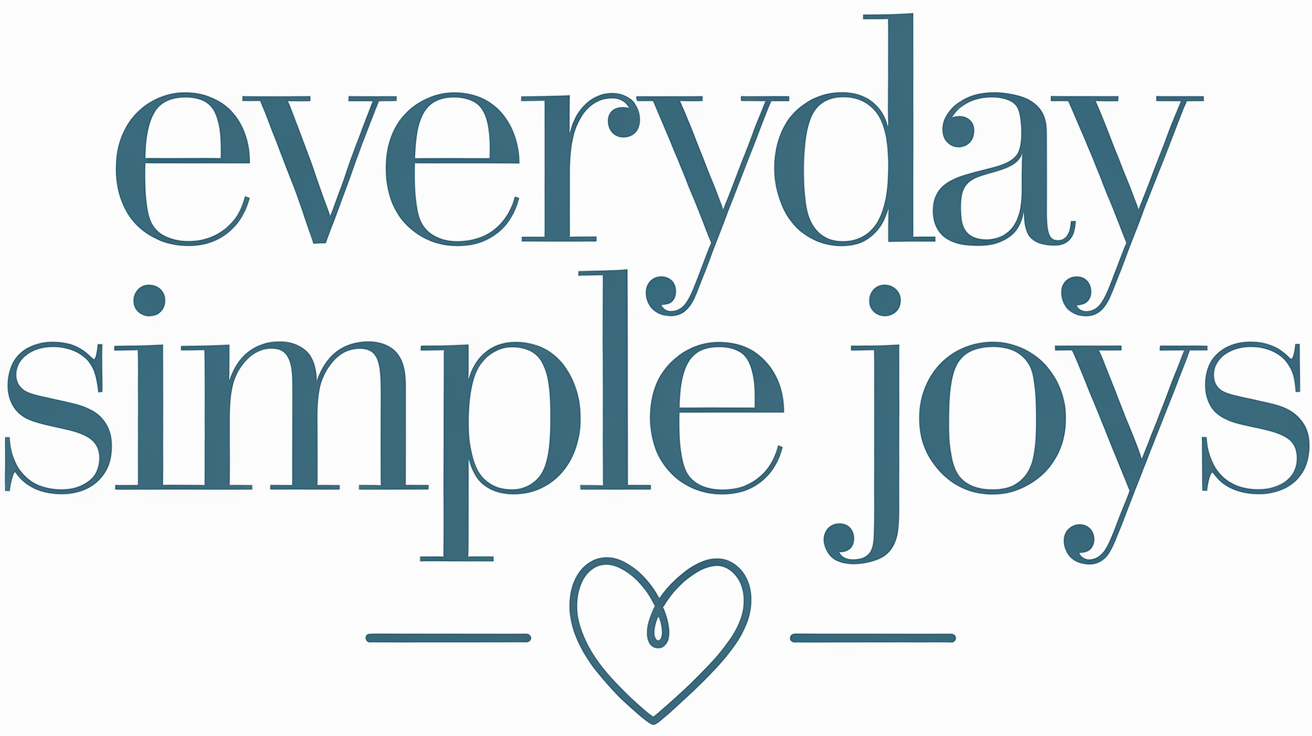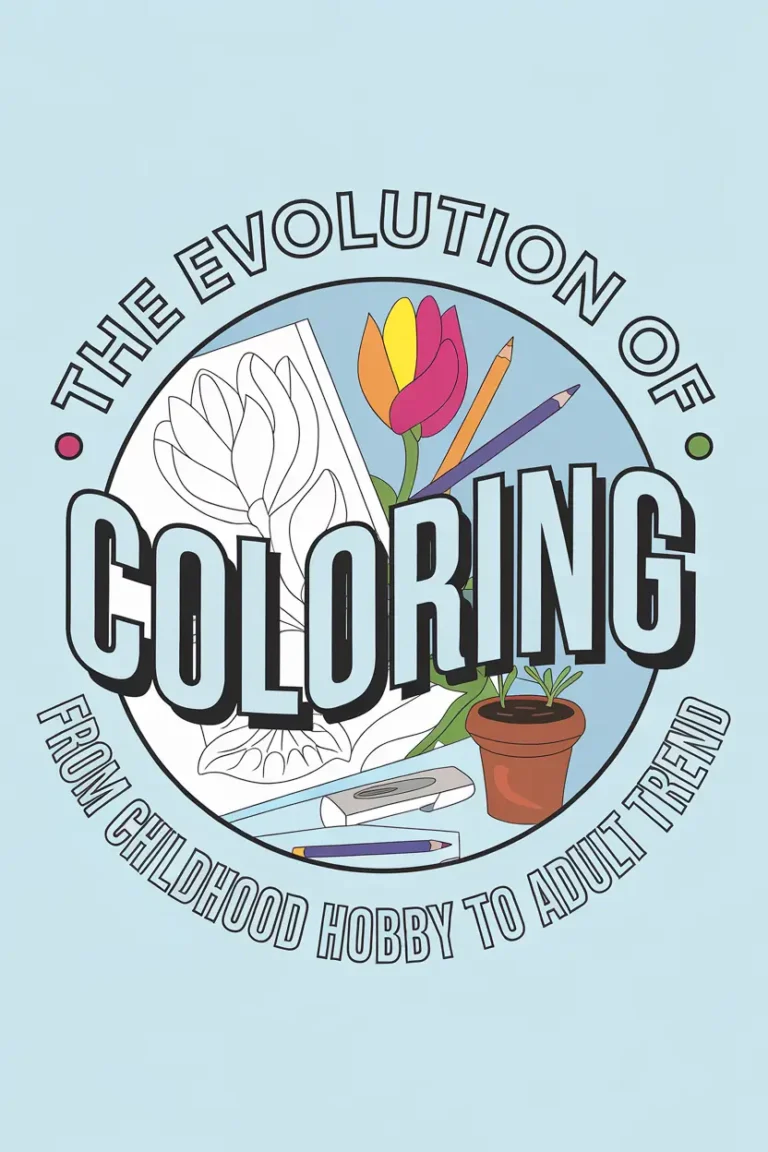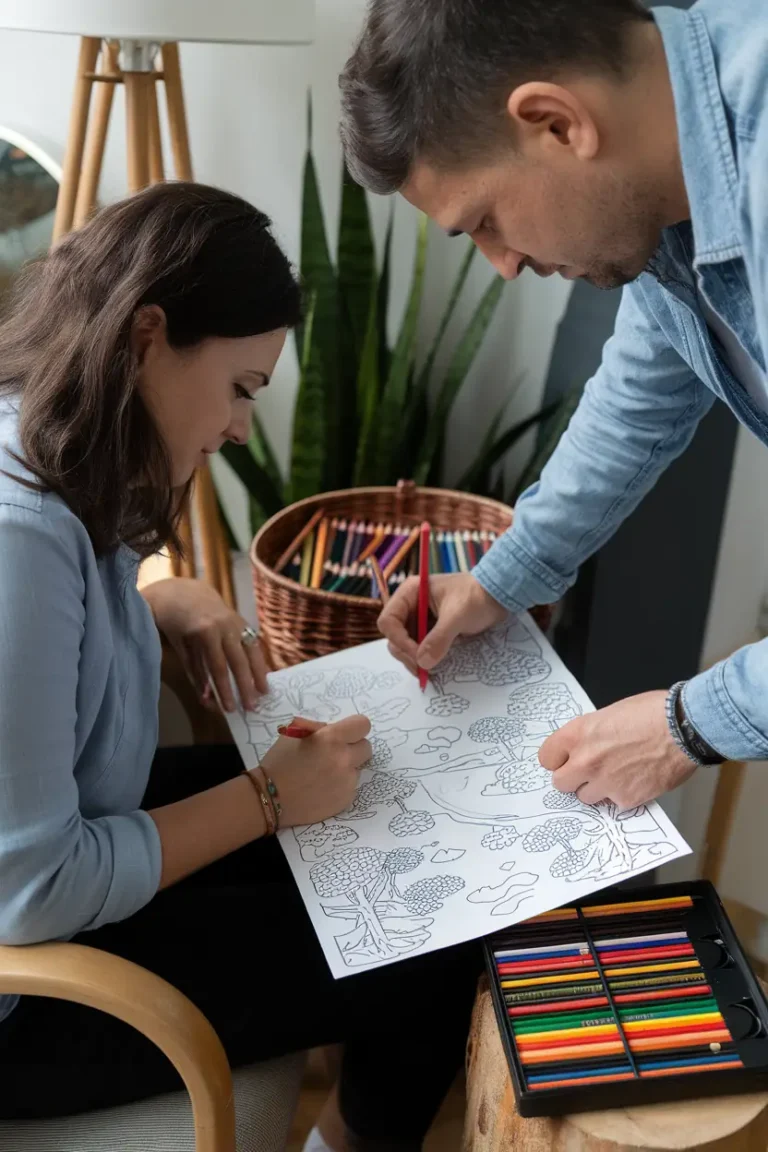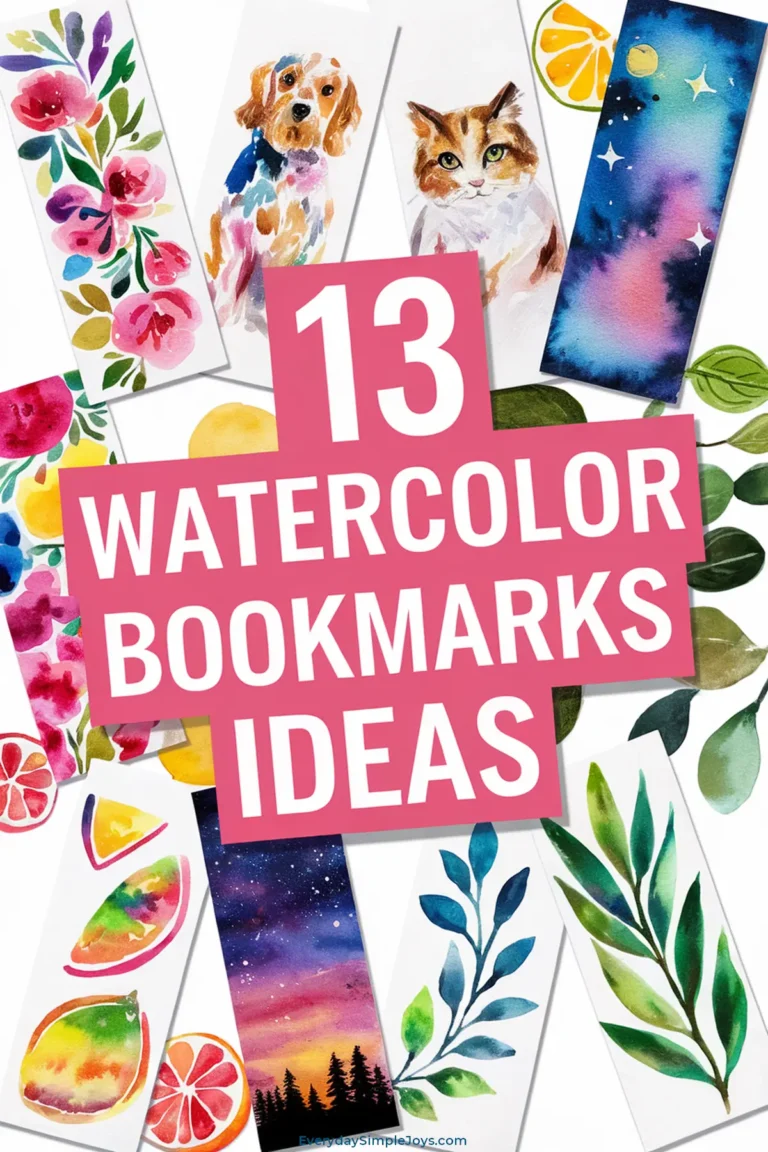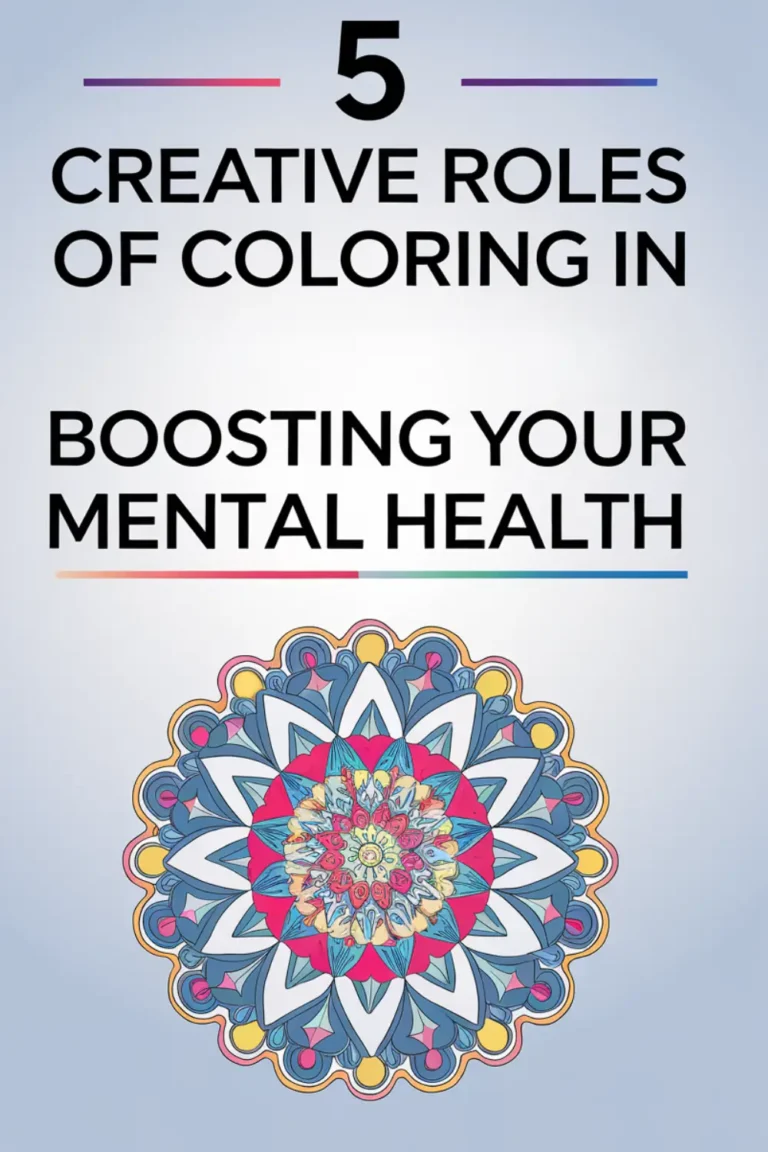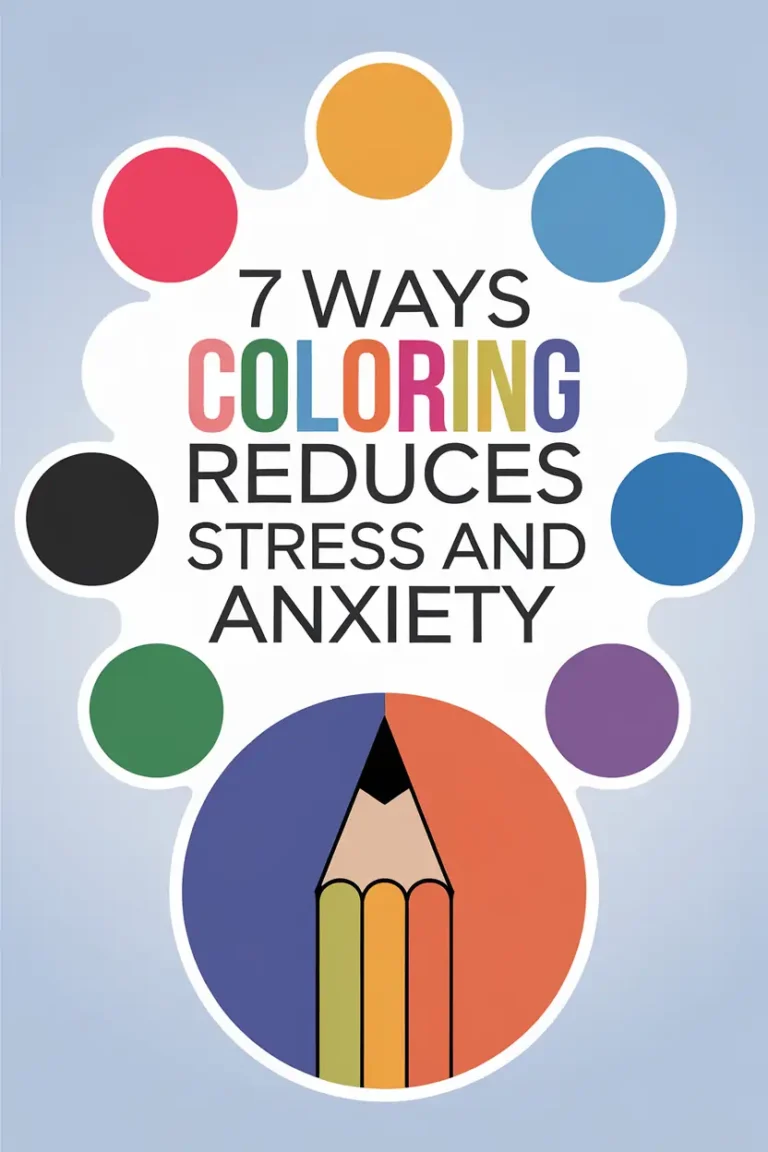Color has a bearing on how users interact with your website. There is massive psychology behind colors, and choosing the best shade could be all the difference your brand needs. Color influences perceptions and performance of your website, including driving traffic and lead generation.
Users associate certain colors with specific brands, and the first step to building a successful franchise is a favorable public perception. Beyond products and merchandise, your website should also reflect your brand colors when customers visit it. If you are thinking about growing your online presence, here are the key factors to consider when choosing the perfect color palette for your website scheme:
The Psychology of Color
Psychologists will attest that every color, or at least a shade of color, can be associated with something. Some colors will stay in your mind forever, while others go out when a user quits your website.
Color associations can be subconscious or instinctive. Most associations are universal, as we mostly associate green with plants and blue with the sky. Some associations are also cultural, while others, such as pink and red, have been popularized by the mainstream.
Every brand’s ultimate goal is to have a global presence, so companies are eager to retain and be identified by specific colors. For example, Facebook’s blue logo and CTAs placed on the backdrop of a white space retain a global presence. Therefore, as a brand, choosing and sticking to a specific color(s) is vital as this influences the audience’s perception of your website pages.
How to Choose a Perfect Colour Palette for Your Pages
Selecting a perfect color palette for your pages starts with understanding how color psychology and theory work and how they influence your brand’s recognition, legibility, and visual appeal. However, with more than seven color schemes and 256 colors, choosing the right color palette for your page can take time and effort. Fortunately, here are simple tips on how to pick the perfect color palette.
1. Understand Color Theory
Color theory is the science of how color works. It is the basic understanding you’ll need to select a perfect color to represent your brand. There are three different color categories: primary, secondary, and tertiary.
Primary colors, such as red, yellow, and blue, cannot be created by mixing two colors. Secondary colors consist of any two primary colors. Tertiary colors are made by mixing a secondary color and a primary color, which are close to each other on the color wheel.
It would help if you also understood that not all colors are pure. Most colors have different associations. A website with oversaturated colors might put off visitors, so getting the right balance is key. Therefore, with various color nuances available, you need to know how to select the best pick for your website effectively.
2. Choose the Right Color Combinations
Your best option is to choose your brand’s color scheme. While at it, go for something easy on the eye. The perfect color combination will depend on the number of colors you want to work with. Understand that specific colors work well together while others can be modified to create the perfect scheme for your website.
The primary color combinations include split, complementary, tetrad, monochromatic, complementary, and analogous. Below is a brief explanation of each combination:
- Complementary: Colors feature across each other on the color wheel, usually containing one warm and one cool color.
- Split Complementary: Contains a base color and two colors adjacent to its complementary color.
- Triads: Uses colors that are equally spaced on the color wheel.
- Tetrads: Consists of two pairs of complementary colors.
- Analogous: Consists of two to five colors adjacent to each other on the color wheel.
- Monochromatic: Variations of a similar color, using shades, tones, and tints.
3. Make it Simple
Simplifying your color choices allows visitors to access content without being overwhelmed by color saturation. For instance, you can limit your color palette to 3-5 colors: one primary, 2-3 secondary, and one tertiary or accent color. This allows you to unify your scheme with a few colors.
Another advantage of simplifying things is that you don’t need to work hard to process. Going overboard on your color will confuse your users and make pages less congruent.
4. Compare Your Colors
When selecting a perfect scheme for your website, compare and contrast your colors. Contrast draws attention to specific parts of your page. Complementary colors work perfectly because they complement each other. If you want your audience to notice your page, then complementary colors are the way to go.
5. Pick a Color That Generates an Emotional Response
Color psychology suggests that people associate emotions and impressions with specific colors. For instance, purple indicates authority, while green represents success or triumph. Here are popular colors and what they represent in popular culture:
- Red: Attention and power
- Blue: Stability and trustworthiness
- Yellow: Happiness
- Silver: Futuristic, high-end, and modern
- White: Good and pure
- Black: Sleek and powerful
6. Merge Your Branding
Ensure your choice of color scheme captures what your brand represents. The color palette should be accessible to the eye and hook visitors to your website before integrating it into your brand. It should also be consistent with your brand’s core values, target audience, products, and the image you want to represent globally.
Most health and wellness brands use warm, earthy tones like greens and blues, while tech startups lean towards sleek and modern tones like blue, white, and grey. Therefore, when choosing a perfect color for your brand’s logo, you can choose a dominant color and extract complementary and accent colors from it to maintain your brand’s identity across your website. Avoid colors that are typically associated with negative connotations.
Final Thoughts
Color is a determining factor in any website’s performance. For this reason, choosing the right color palette is as crucial as designing a functional and easy-to-browse website. By understanding color psychology, theory, and combinations and maintaining your brand’s identity, you can quickly create a visually appealing, cohesive, and user-friendly page. Moreover, remember to test your color choices for consistency and accessibility and use color palette generators to explore different options.
